Product Description

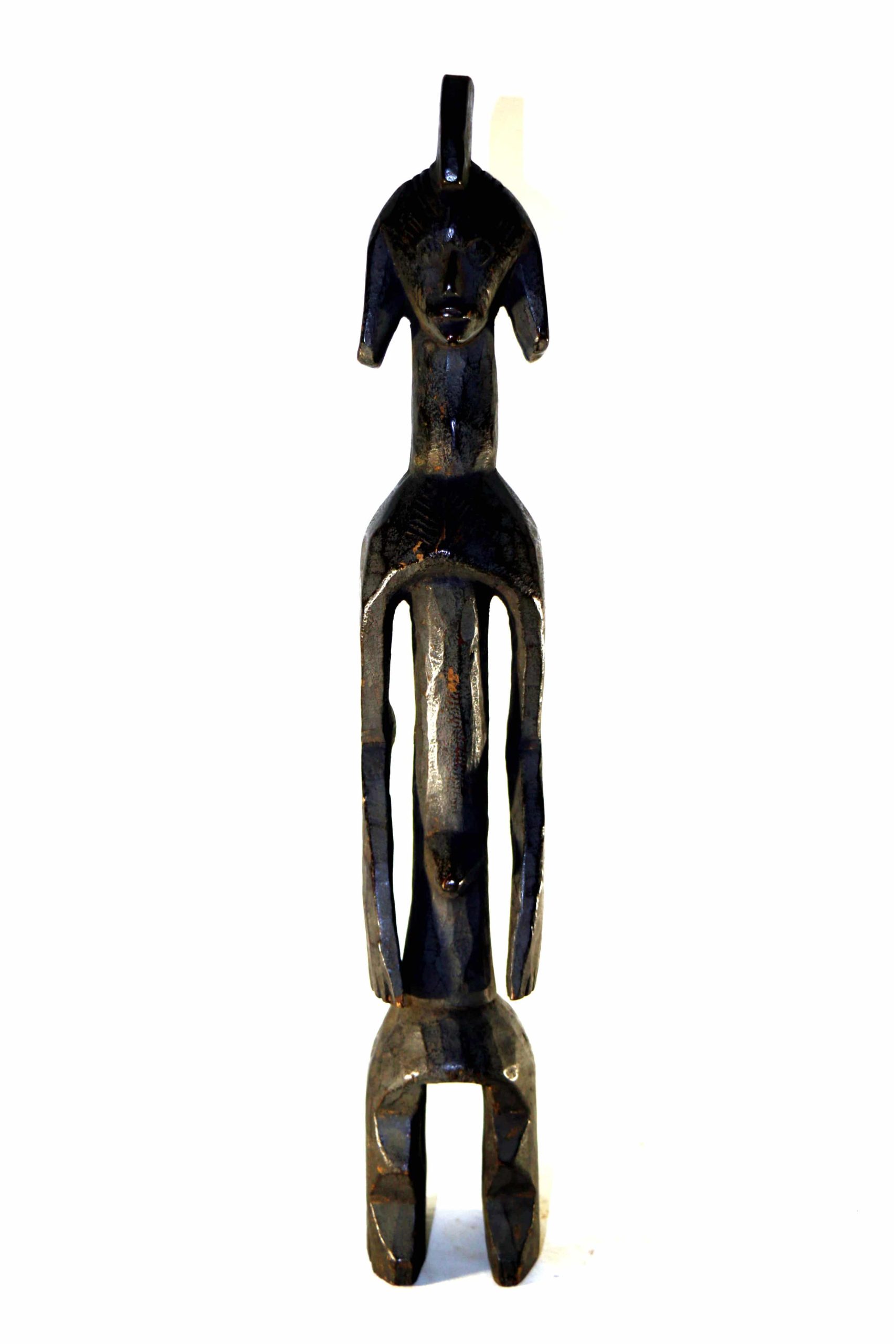
Wurkun Chamba – Nigeria
This rare Wurkun (or Bikwin) small figure, in a post or staff-like form, is known as iagalagana and incarnates tutelary spirits. The stylized figure is stuck on iron rods, with a beautiful crusty red ocher patina. These statues were frequently washed with liquid clay, “fed” with millet beer offerings, rubbed with oil, explaining the thickness of the clay.
Made of 100% Iron, Paint.
Model is W 41 – H 14 and weight 3.5 kg.
Description
This rare Wurkun (or Bikwin) small figure, in a post or staff-like form, is known as iagalagana and incarnates tutelary spirits. The stylized figure stuck on iron rods, with a torso, arms completely enveloping the abdomen drawing a diamond around the protruding umbilicus, long cylindrical neck supporting large heads with abstract face. The face is marked by ball eyes framing the powerful midline of the nose – pierced transversely – and the mouth, the male figure capped with a high sagittal crest. Beautiful crusty red ocher patina, thick and cracked. These statues were frequently washed with liquid clay, “fed” with millet beer offerings, rubbed with oil, explaining the thickness of the clay.
The sculpture reinforce the status and prestige of their owner who, as he holds them in his hands, has a dialogue with them and thus ensures his personal protection. The functions of sculptural figures are varied. They are used by both diviners and healers, whose professions included diagnosis and cure of ill health and other kinds of misfortunes. The figures were used to greet rainmaker’s clients, guard the house, serve as owner’s confidant, and in trials when men in dispute swear on the statue. It is not unusual for a figure simultaneously to serve two or more functions.
The Chamba, whose number today is estimated at 20,000, live south of the Benue River. They are socially divided into small centralized kingdoms, each headed by a king assisted by a council of elders whose powers are regulated by male and female secret societies. The Chamba kings are also assisted by royal women who serve as queens. Similar to their Mumuye and Jukun neighbours, the Chamba venerate anthropomorphic statues of male and female gender. They might stand in particular for ancestors, or for a collectivity of the dead (ranging from those of a specific kin grouping to the dead generally). In different contexts, the same anthropomorphic figure might evoke some or all of these types of being.
Additional information
| Weight | 3.5 kg |
|---|---|
| Dimensions | 41 × 14 cm |
| Color | |
| Material |
Leave a reply Cancel reply
Returns and Exchanges
There are a few important things to keep in mind when returning a product you purchased.You can return unwanted items by post within 7 working days of receipt of your goods.
- You have 14 calendar days to return an item from the date you received it.
- Only items that have been purchased directly from Us.
- Please ensure that the item you are returning is repackaged with all elements.
Ship your item back to Us
Firstly Print and return this Returns Form to:
30 South Park Avenue, San Francisco, CA 94108, USA
Please remember to ensure that the item you are returning is repackaged with all elements.
For more information, view our full Returns and Exchanges information.

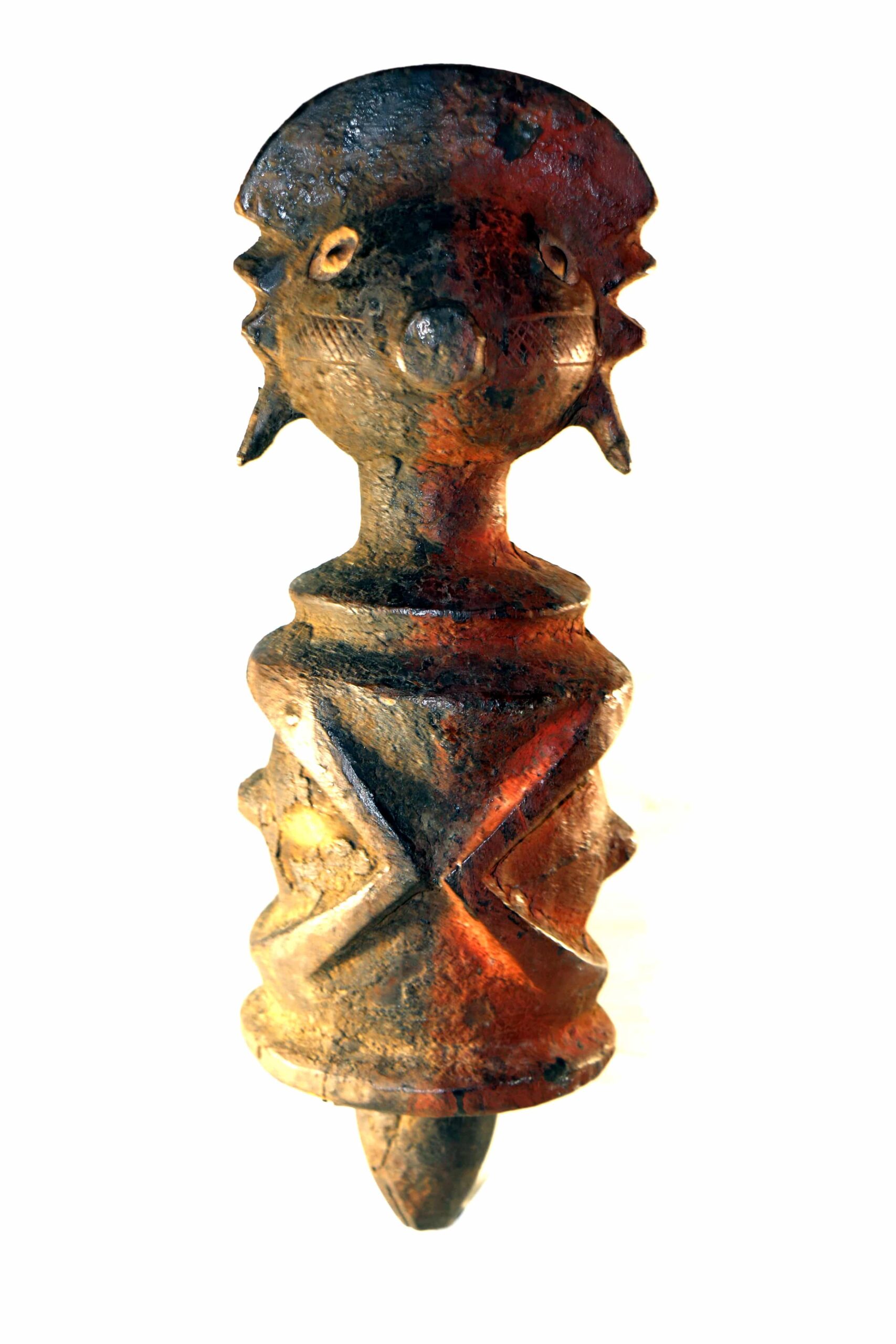


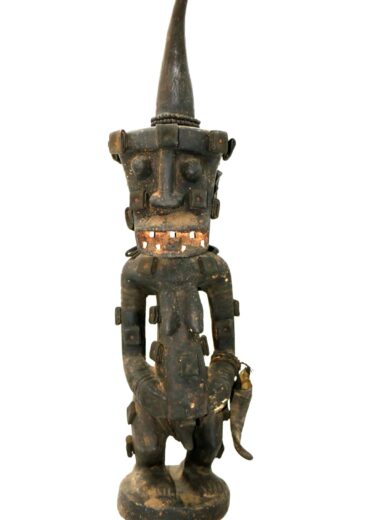


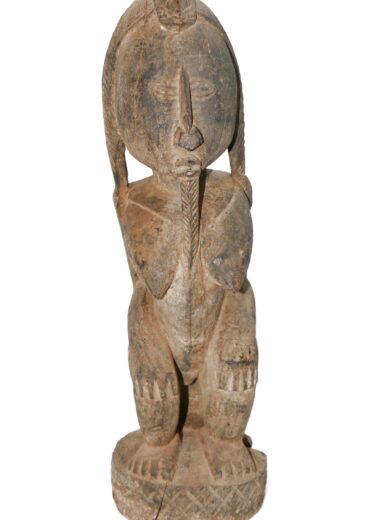



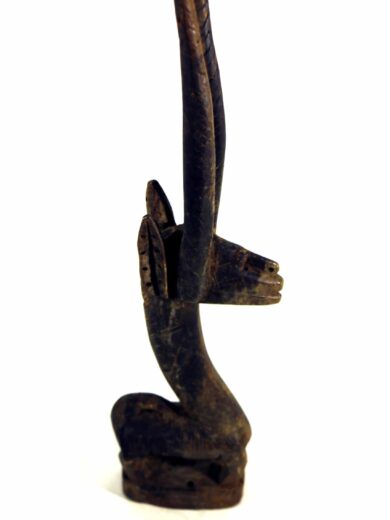
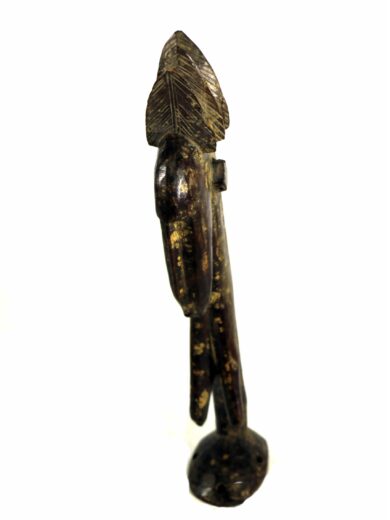
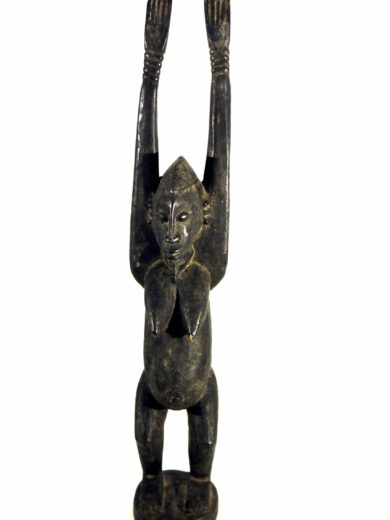
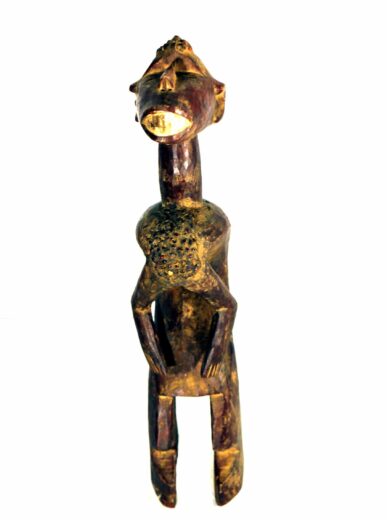
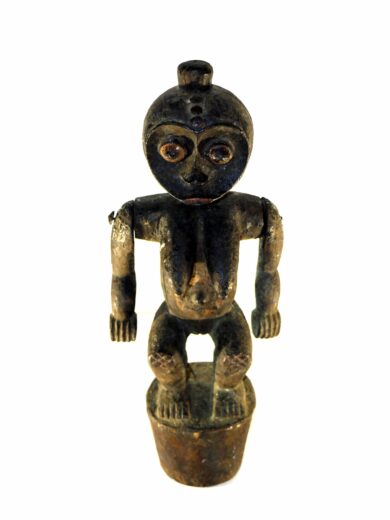
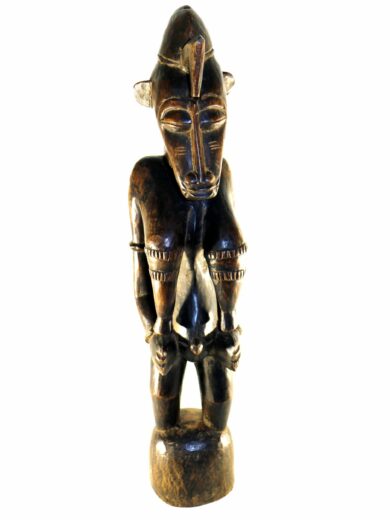
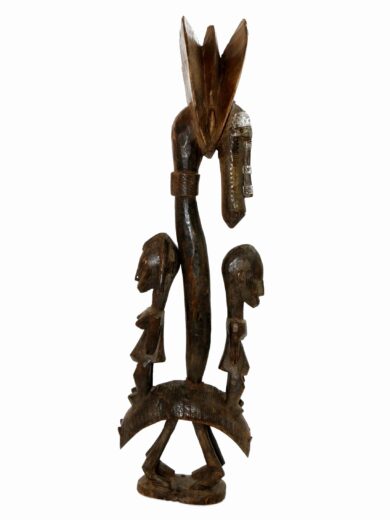
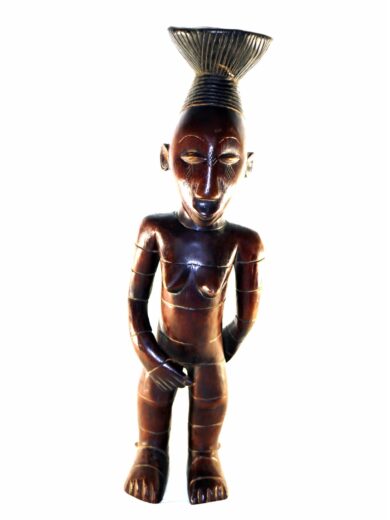
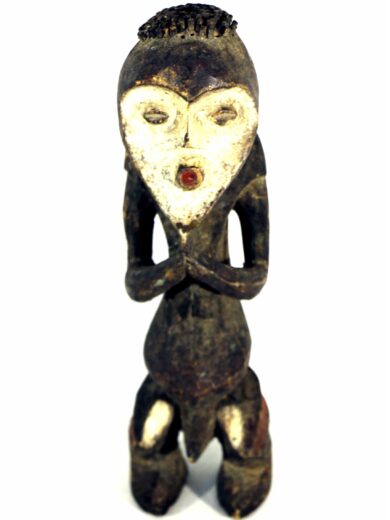
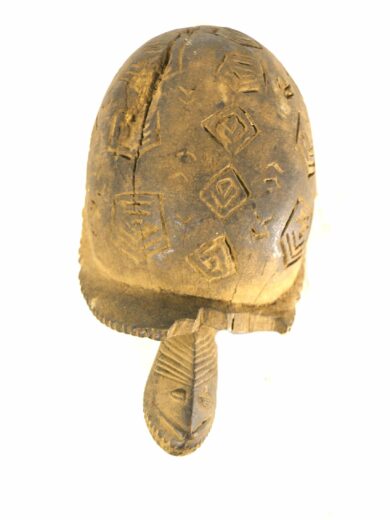
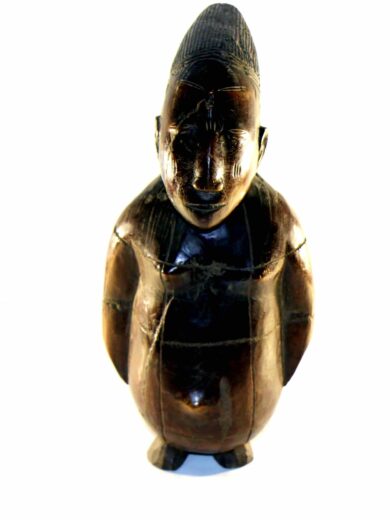

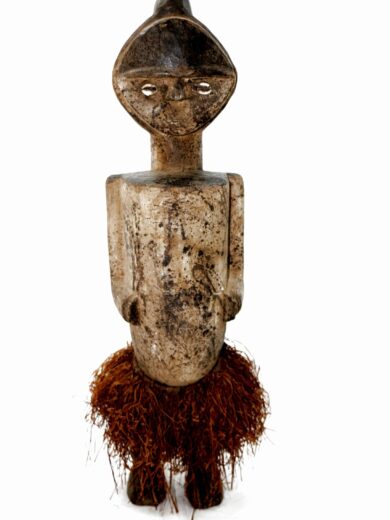

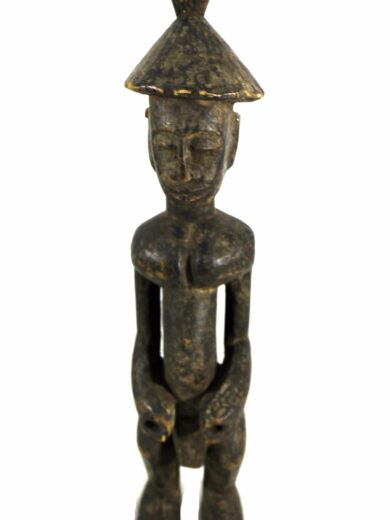
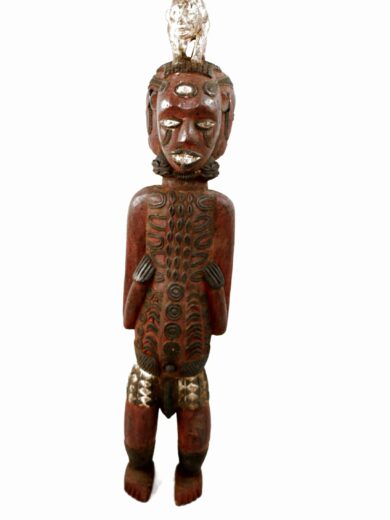
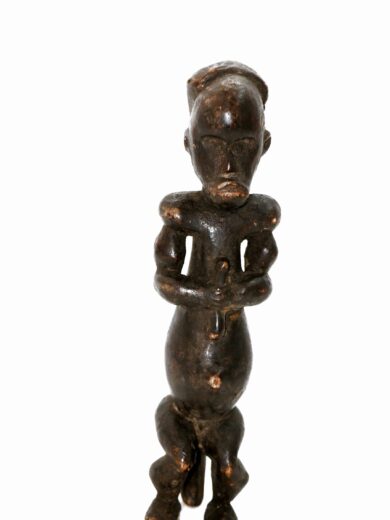
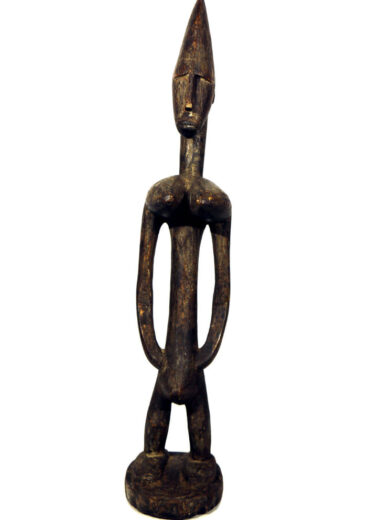
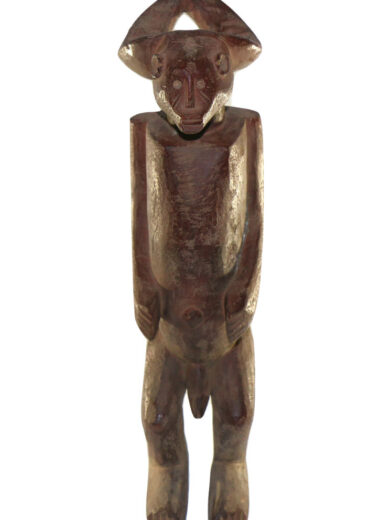
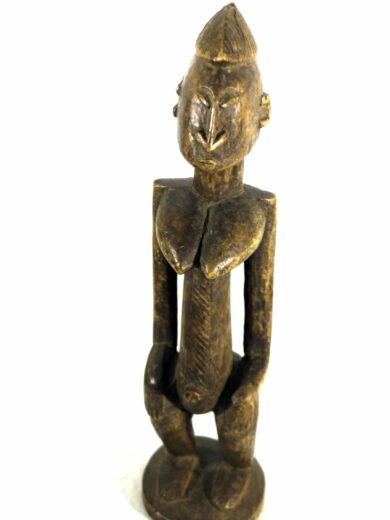
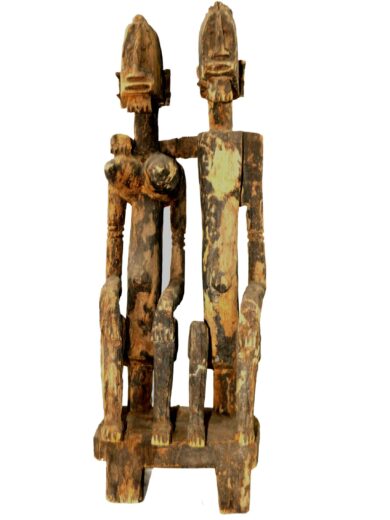
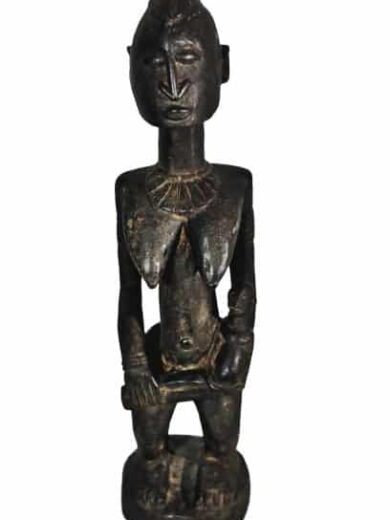


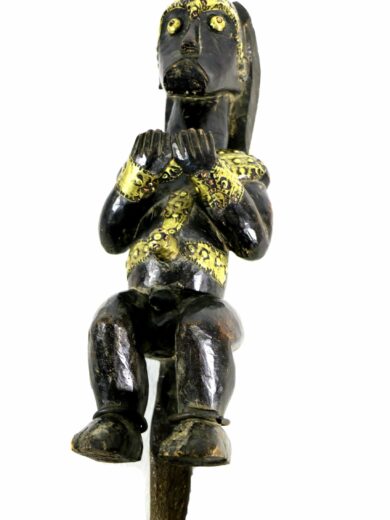
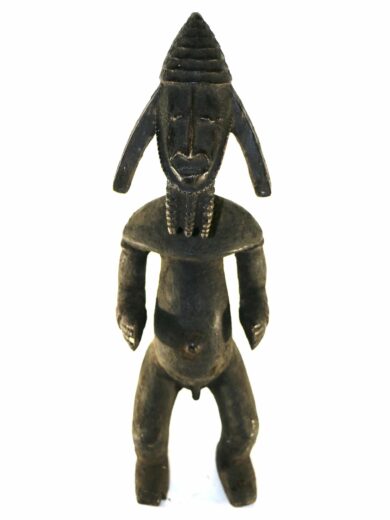
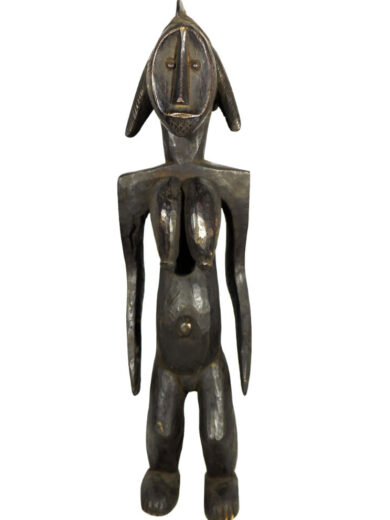

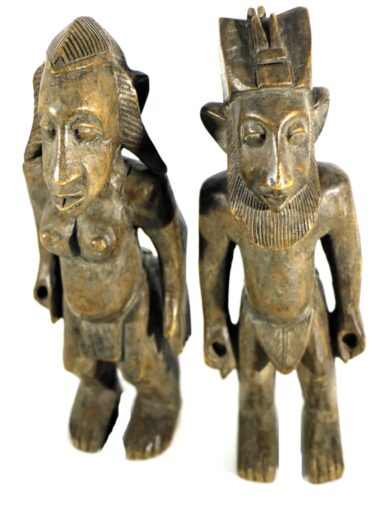
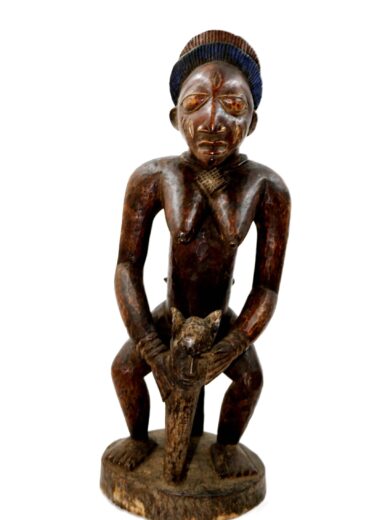
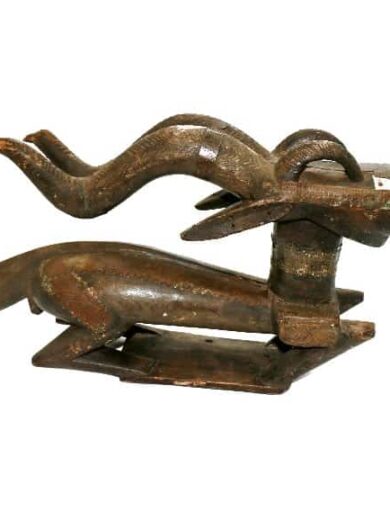


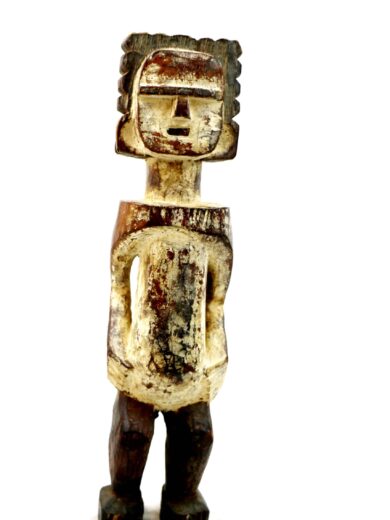
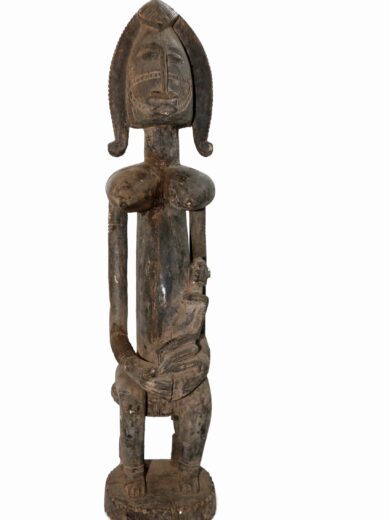
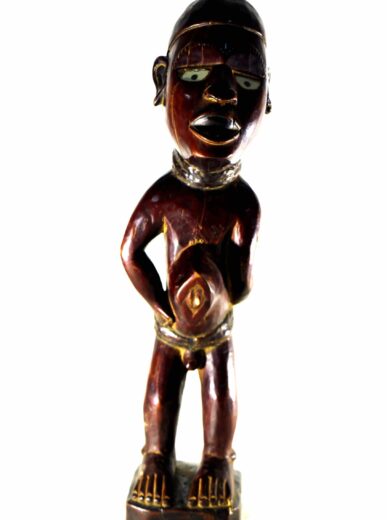


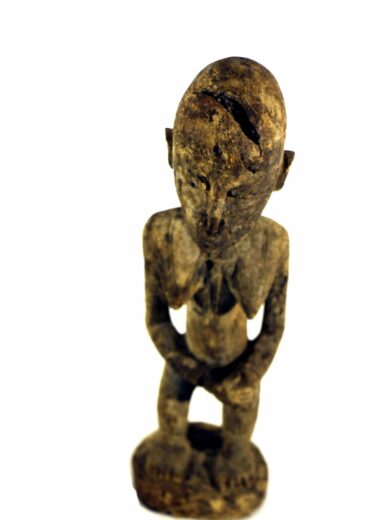

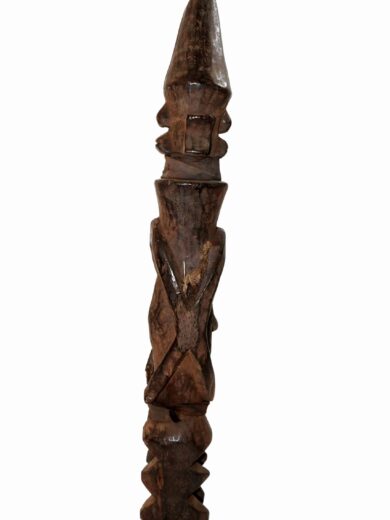
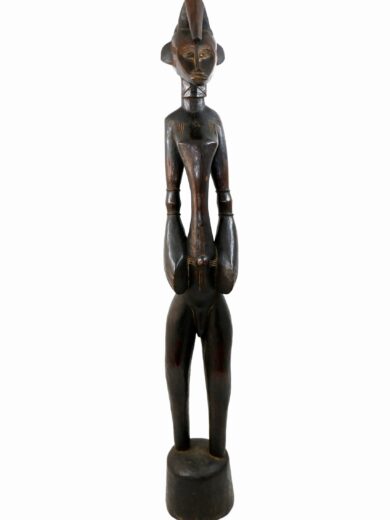


Reviews
There are no reviews yet.